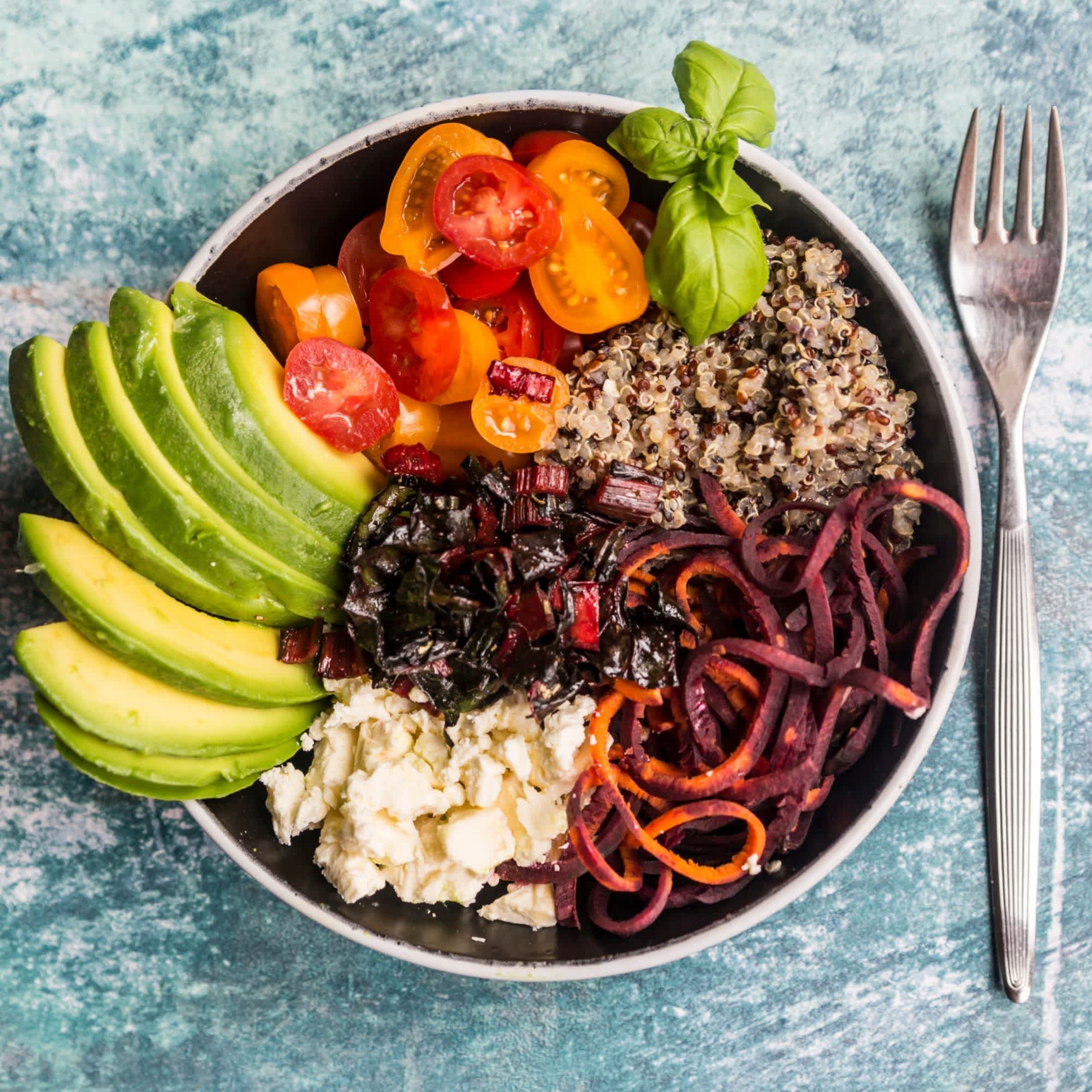
- POPSUGAR Australia
- Fitness
- What Is Intuitive Fasting? The Less Restrictive Version of Intermittent Fasting
What Is Intuitive Fasting? The Less Restrictive Version of Intermittent Fasting

When it comes to trends in the health and wellness world, one of the most popular in recent years has been intermittent fasting. This refers to an eating pattern where you cycle between periods of eating and fasting but unlike simply taking a break from food while you sleep, intermittent fasting encourages you to fast for longer periods of time.
One of the most common fasting periods is 16:8, which means 16 hours worth of fasting and eight hours where you consume all of your meals. For example, you have your first meal at 12pm and eat your last meal before 8pm.
Many people choose to follow this method of eating and fasting because intermittent fasting has been linked to a number of health benefits, including reducing insulin resistance (and in turn, lowering your risk of Type 2 diabetes), reducing inflammation within your body and improving your blood pressure and LDL cholesterol.
A new style of fasting, known as intuitive fasting, is gaining traction in the wellness community and Gwyneth Paltrow counts herself a fan of the method, even writing the forward for the Intuitive Fasting book written by functional-medicine expert, Will Cole. According to Cole, this method of fasting is like “yoga for your metabolism”.
Intermittent fasting vs intuitive fasting
The difference between intermittent and intuitive fasting is that intuitive fasting allows you to customise your fast. Cole told Insider that this method means you can fast for longer or shorter periods of time to suit your personal needs. Instead of following the same period of fasting every single day, Cole’s method encourages you to check in with your body and change your fasting accordingly.
“This is not a book of dogma. It will not punish you or restrict you. If there’s anything difficult in these pages, it is Will’s request that you be willing to listen to yourself, to your own body, to your intuition,” Paltrow wrote of the method.
If you’ve been curious about fasting, intuitive fasting might prove to be a more favourable way to begin your fasting journey. For those who are dealing with metabolic issues, hormonal imbalances and inflammation while also constantly feeling hungry, dealing with cravings and blood sugar crashes, this is the fasting style for you.
“If this sounds like you, these symptoms are a big sign that some of the signals in your body have gone haywire and are sending you the wrong messages,” Cole wrote for mindbodygreen.
“So, how do we take back control? How do we have agency and freedom over our health? In my experience, the answer is regaining metabolic flexibility—our body’s ability to adapt and use whatever fuel is available—through introducing our body to various types of fasting.”
Cole’s book breaks downs how to follow this method to the letter, so take a look at that to determine whether this is correct for you. For those with a history of disordered eating or body image struggles, Cole recommends consulting your doctor before giving fasting a go.
“The protocols are secondary to someone’s relationship with their body and their relationship with their food,” Cole told Insider. “It can be a trigger for people. You can’t heal a body you hate and you can’t shame your way into health. That’s the antithesis of intuitive fasting.”


